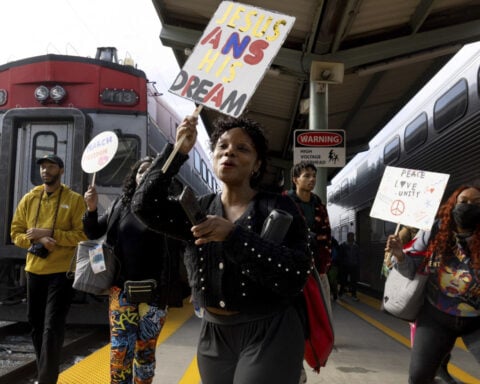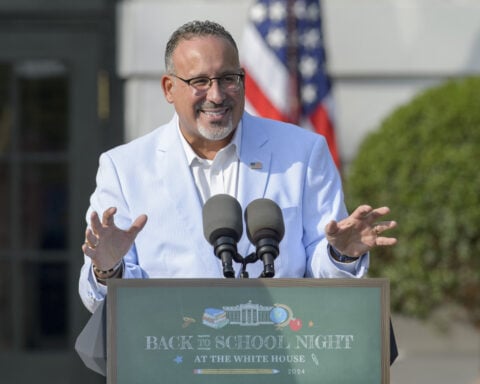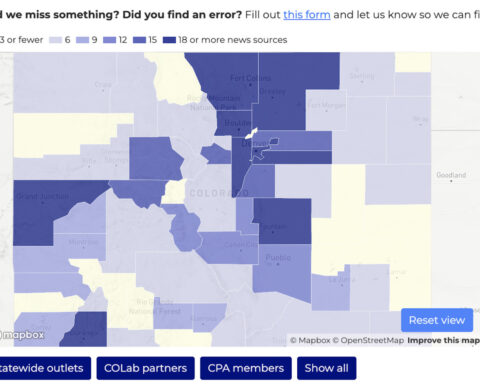When Nadia was in high school, her teachers and administrators portrayed college as the only realistic pathway to a respectable career.
“College, they make it seem like the end-all, be-all,” she said. “If it’s not college, I’ll visit you at the drive-thru once a week, that type of thing. There’s kind of like this dark hole. Anything outside of it, you’re not a part of moving up in society in a way.”
Faculty at April’s school across town, meanwhile, presented college as one of several possible routes to economic opportunity.
“The teachers let us know that they want us to do better with our lives,” she said. “Go to college, even start your own business. Mostly everybody has a career and technical education class and can get a license for (an industry). So even if you don’t go to college, you can start your own thing.”
The reason why Nadia and April had such different experiences is directly related to the type of schools they attended.
Nadia, like 41% of Philly public high school students, went to a school where students need to meet certain GPA, attendance and test score requirements in order to be admitted. These are known as “criteria-based schools.”
But April attended what I call an “open-access school” – an umbrella term for the different types of schools that don’t have competitive admission standards. These schools serve students who are from the surrounding neighborhood or interested in a particular vocational program – such as culinary arts, digital media or health-related technology – and 59% of Philly students attend those kinds of schools.
Between February 2022 and May 2023, I conducted 73 in-depth interviews with 12th graders, counselors and principals at two criteria-based and two open-access high schools in Philadelphia. The names Nadia and April are pseudonyms, as are all the names used in this article, to protect the research participants’ identities.
In my peer-reviewed study published in the journal Social Problems in June 2024, I find that criteria-based and open-access schools have very different structures in place – specifically around curricula and counseling – designed to position their students for success after graduation.
Different routes to social mobility
The admission processes that determine which side of the divide students end up on has been the subject of heated controversy because the stakes can be momentous. The high school a student attends is strongly related to their longer-term outcomes, including whether they go to college.
For example, in criteria-based schools, just over 75% of the class of 2023 went to college in the fall after graduation, according to my calculations using district data. At open-access schools, only 38% did.
When it comes to classroom instruction, Philly’s public high schools face a trade-off between emphasizing academic and technical skills.
Criteria-based schools focus almost exclusively on academics and, in the process, send students strong messages about the necessity of four-year college. Students at these schools often doubt the viability of other routes to economic stability and prosperity.
“When I was a freshman, they did an assembly for all the ninth graders,” recalled Laurence. “And the principal said on the microphone that if you don’t want to go to college, you should transfer.”
Open-access schools, by contrast, often integrate career and technical education, or CTE programs, into the curriculum. Students learn specialized skills and earn credentials that translate directly to the labor market.
This approach expands opportunities for students for whom college is not a realistic option, whether for financial, academic or personal reasons, such as caregiving responsibilities. Still, school leaders acknowledge that vocational training can come at the expense of academic rigor.
“How do I transition someone who’s been working for the past 10 years on diesel trucks in a shop and get them to teach and manage three classrooms full of kids for 100 minutes, 160 minutes and 100 minutes a day?” asked Mr. Clark, the principal of an open-access school. “Then you want me to pile on top of that, ‘Oh, yeah, and I need you to get them to analyze an author’s purpose in a text and be able to solve quadratic equations.’ I would love to be there. But just being honest with you, that’s pie in the sky.”
Counselors stretched thin
In my interviews, I also found that open-access schools have far less energy and resources to expend on college advising than their criteria-based counterparts.
Guidance counselors have historically been vulnerable to budget cuts, particularly at open-access schools. Between 2010 and 2014, fiscal crises caused the district to slash the number of counselors working in neighborhood high schools – a category of open-access schools – from 91 to 35.
The levels of economic disadvantage that characterize open-access schools compounds the issue of high student-to-counselor ratios. Social-emotional issues stemming from students’ trauma and material hardship can crowd out the individual attention that counselors would otherwise grant college-bound seniors.
“I have to address these needs,” said Ms. Allen, principal of the other open-access high school in my study. “I have two social workers in here. I have a behavioral health counselor. I have (a nonprofit partner) in here that helps with homelessness. That’s basically what I’m worried about right now. Most of my money goes to special education, behavioral health needs. So that’s what (open-access) schools are turning into. That’s what we became – a super high-needs school.”

A mismatch with students’ ambitions
Poverty and its related challenges are an important reason why open-access high schools are oriented to students’ immediate needs. They often accommodate students’ work schedules with early release policies that allow seniors to take as few as two academic classes per day.
“We have different scenarios that can help (students) in the short term,” explained Mr. West, a guidance counselor at an open-access school. “We try to provide them opportunities to get money now because I know it’s important to a lot of these kids.”
In spite of their financial constraints, students at open-access schools still commonly aspire to college. Fully two-thirds of the students I interviewed in these schools intended to enroll in either a four-year or a community college directly after graduation.
Their schools’ short-term outlook, then, creates a mismatch between students’ college ambitions and the limited institutional support available to them. As a result, many students from first-generation families that I interviewed were left to wade through complex financial aid forms and juggle application deadlines largely on their own.
Meanwhile, criteria-based schools are able to prioritize college counseling because their student bodies are more socioeconomically diverse. The ones I observed during the study used discretionary funds to hire more counselors than are allotted to them by the district and devoted instructional time to guide students through the college process.
The district’s criteria-based and open-access schools are united by a shared mission to help their students achieve economic and career stability. At criteria-based schools, getting ahead in life is synonymous with college. While open-access schools also encourage college attendance, they spread themselves thin to support students with a wide range of short-term challenges and long-term goals.

Joseph Sageman does not work for, consult, own shares in or receive funding from any company or organization that would benefit from this article, and has disclosed no relevant affiliations beyond their academic appointment.
Source: The Conversation

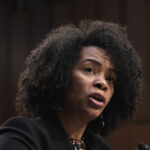 SafeSport CEO says in email: Knowing arrested investigator fooled them is 'just sickening'
SafeSport CEO says in email: Knowing arrested investigator fooled them is 'just sickening'
 US steps up Russia sanctions, placing threat of more sanctions on businesses partnering with Russia
US steps up Russia sanctions, placing threat of more sanctions on businesses partnering with Russia
 FDA bans red dye No. 3 from foods
FDA bans red dye No. 3 from foods
 BAFTA Film Awards nominations revealed
BAFTA Film Awards nominations revealed
 Chipmaker NXP gets 1 billion euro loan from EIB for European projects
Chipmaker NXP gets 1 billion euro loan from EIB for European projects
 US population projections shrink from last year because of declining birth rates, less immigration
US population projections shrink from last year because of declining birth rates, less immigration
 Iowa State's 30-year streak of hitting a 3-pointer ends in win over Texas Tech
Iowa State's 30-year streak of hitting a 3-pointer ends in win over Texas Tech
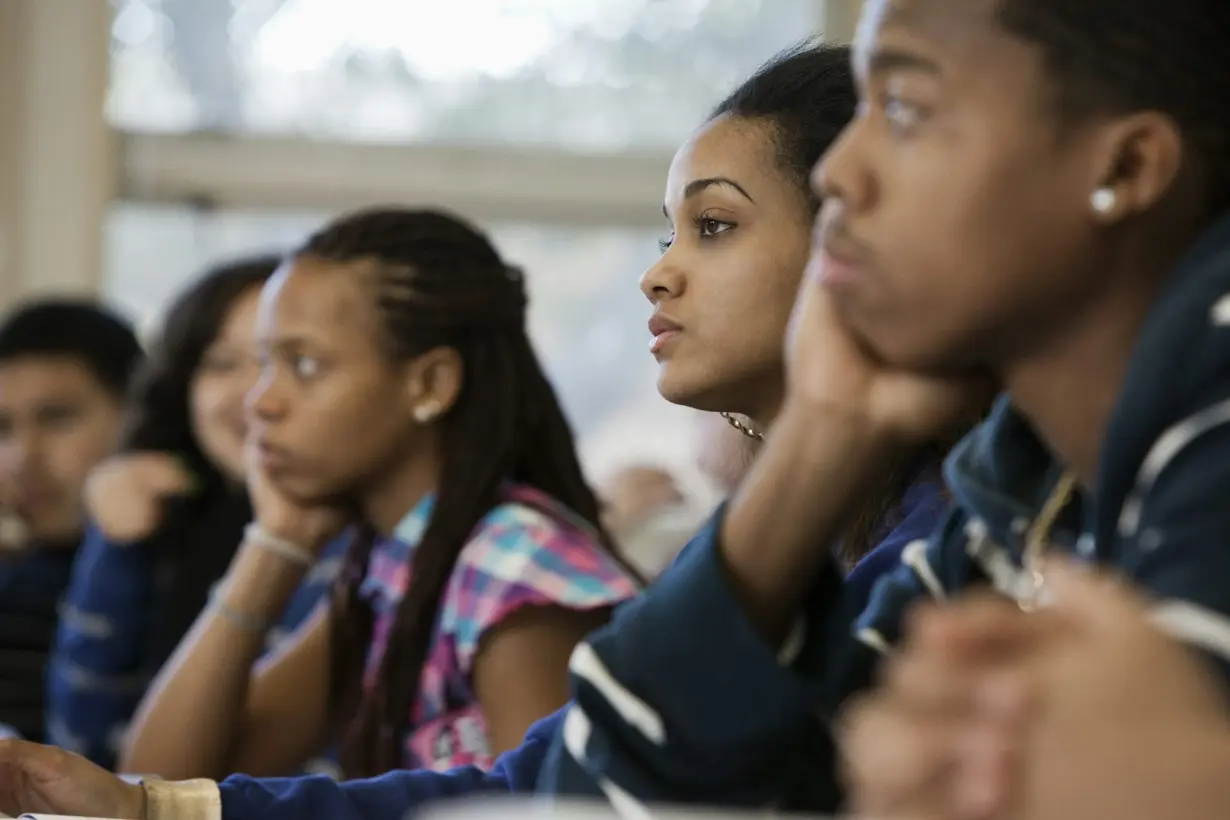 Philadelphia's public high schools face a trade-off between emphasizing academic and technical skills.
Philadelphia's public high schools face a trade-off between emphasizing academic and technical skills.
